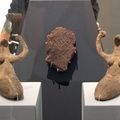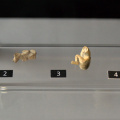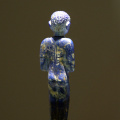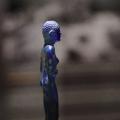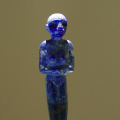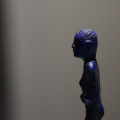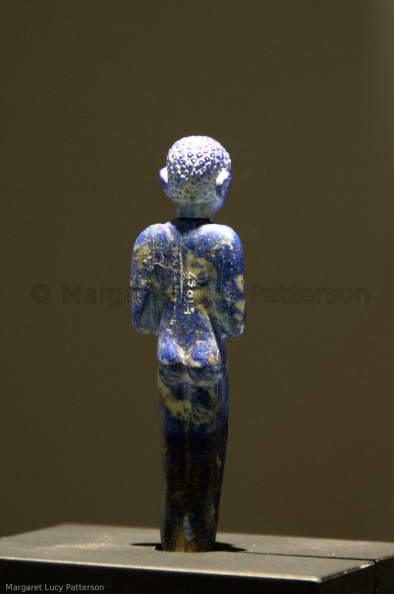

This rather lovely little figurine was found at Hierakonpolis and is now in the Ashmolean Museum, Oxford. It was found in two pieces - originally the torso was found, then 8 years later the head was found at the same site!
Information
- Rating score
- no rating
- Rate this photo
- Visits
- 4777
EXIF Metadata
NIKON CORPORATION NIKON D3100
- Make
- NIKON CORPORATION
- Model
- NIKON D3100
- DateTimeOriginal
- 2019:07:18 15:00:12
- ApertureFNumber
- f/5.6
Powered by Piwigo
